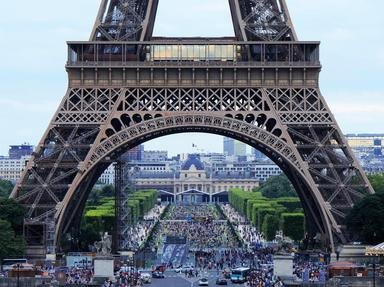Quiz Answer Key and Fun Facts
1. What is a sewer called in French?
2. Tours of the Paris sewers have been offered to tourists since when?
3. How large are the largest tunnels that make up the Paris sewer system?
4. Boat rides have been offered to tourists through the Paris sewers.
5. The length of the sewer system in Paris was about how many miles long in 2000?
6. Who redesigned the Paris sewer system in 1850 along with engineer Baron Haussmann to keep up with the swollen population ?
7. Boat trips were offered since the opening of the Paris sewers to tourists. Can you still take a boat trip through them?
8. The sewers of Paris play major roles in which of the following stories?
9. Emmanuel Bruneseau found a number of interesting items while mapping the Paris Sewers. What did he find?
10. Which of the following items items do not occupy space in the Paris sewers?
Source: Author
denmarks
This quiz was reviewed by FunTrivia editor
gtho4 before going online.
Any errors found in FunTrivia content are routinely corrected through our feedback system.

